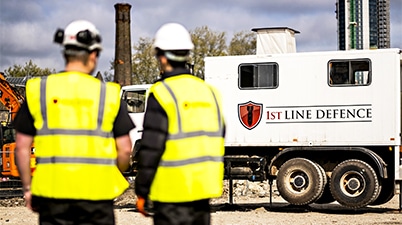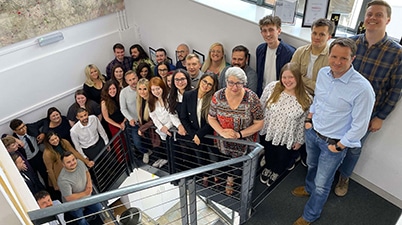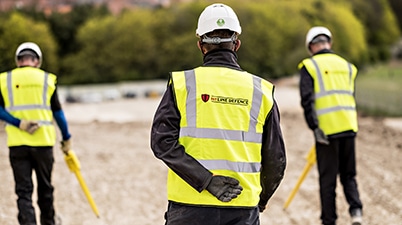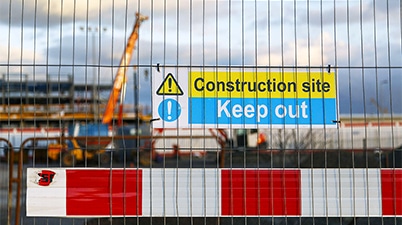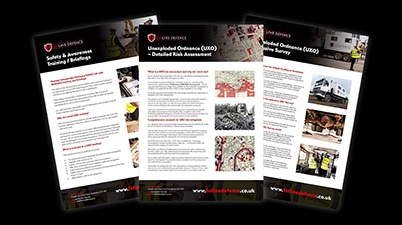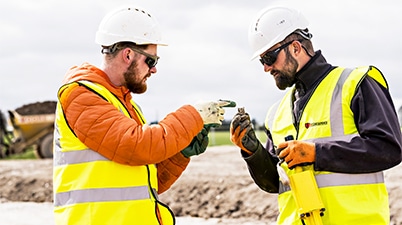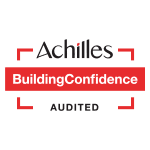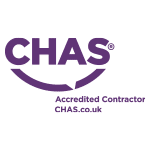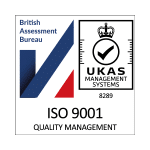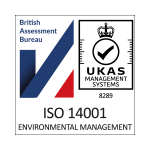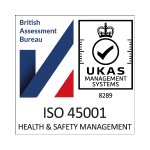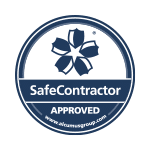Home » UXO Services »
What is a Cone Penetration Test?
A Cone Penetration Test (or Cone Penetrometer Test) is a method used to determine the geotechnical engineering properties of the ground and soil – and the variations at depth – and can be deployed in a wide-range of platform configurations to suit even the most challenging of projects.
A Cone Penetration Test (CPT) is commonly used in ground investigation projects as it provides a rapid and cost-effective way of determining the sub-surface stratigraphy, and includes an interpretation of the materials encountered.
The advantages of CPT compared to conventional soil sampling are high production, minimal soil disturbance and reduced costs.
Using the latest digital cones available we offer a variety of CPT tests including:
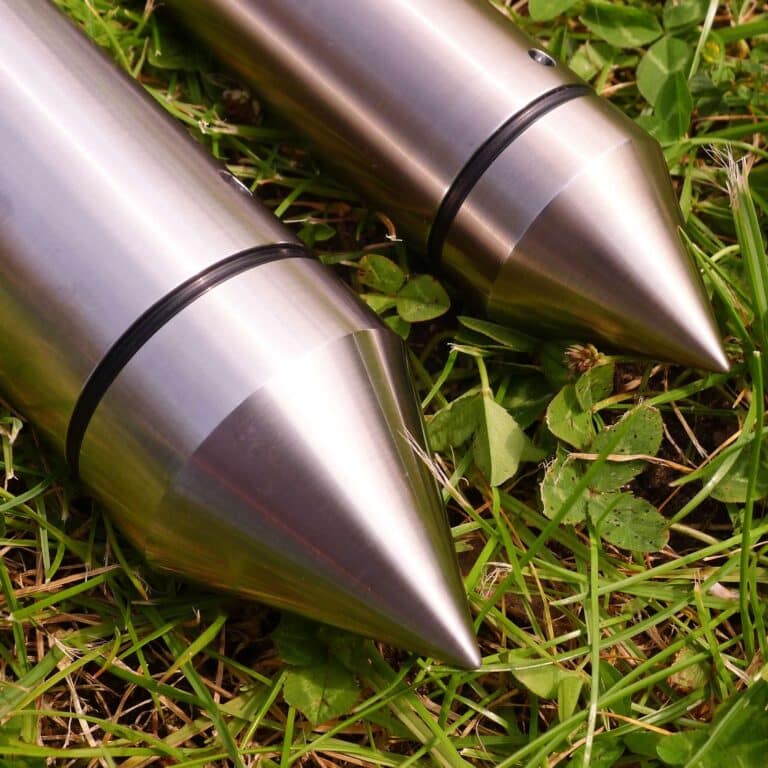
Ground Testing Methods
Soil type & Stratification >
Tests that use the standard Piezocone and Gamma Cone – often combined with laboratory testing of samples using the Mostap sampler – enable the identification of ground layers and soil types on your project.
This approach is widely used to estimate map ground variability at depth and soil type on both Land and Marine projects.
Geotechnical & Dynamic properties >
Testing using the In-situ Vane and Seismic Cone enables a range of ground engineering properties to be measured and calculated including:
- Undrained shear strength
- Soil shear modulus
- Effective horizontal stress
- Effective overburden pressure
- In-situ horizontal stress
- Friction angle (Sand)
- Bearing capacity
- Relative density
- Soil deformation
Geoenvironmental >
Tests using the Ultraviolet Optical Screening Tool (UVOST®), Membrane Interface Probe (MIP) and Laser and X-ray Fluorescence enable us to investigate contamination in soil and groundwater – and includes the identification and mapping of:
- Hydrocarbons
- Organic compounds
- Chlorinated solvents
- Heavy metals
Hydraulic behaviour >
The Electrical Conductivity Cone collects valuable information about groundwater quality and ground permeability to identify:
- Water composition
- Temperature
- Thermal conductivity
- Ion concentration, type and activity
- Freshwater / Saltwater interfaces
Obstruction & Unexploded Ordnance (UXO) Surveys >
We use a Magcone to map subsurface ferrous objects such as Unexploded Ordnance (UXO) and Unexploded Bombs (UXB), and when combining the Magcone and Piezocone tests together it is possible to investigate UXO and ground geotechnical engineering properties simultaneously – saving both time and cost.
Our tests include:
- Detection of UXO
- Detection of metallic structures (for example: ground anchors)
- Measurement of sheet pile foundation depth
What is the procedure for a Cone Penetration Test?
A Cone Penetration Test (CPT) involves pushing an instrumented cone vertically into the ground using either a four or six-wheeled Rig – or a track-mounted crawler for challenging or hard-to-access projects.
The cone penetrates into the ground using hydraulic pressure at a constant rate of around 20mm per second.
Measurements of the cone resistance are recorded during ground penetration, for example – the side friction against the shaft and in the case of the Piezocone test – the pore water pressure generated by the cone penetrating into the ground.
The measurements are recorded using an electric current and the frequencies of the readings are presented as a graphical interpretation (and viewed in real-time) of the variation of the measured parameters as the cone penetrates at depth – and in some soil conditions it’s possible to reach depths of up to 100m.
The heart of the measurement system is the CPT-Logger, which supports both digital and analog measurement instruments and synchronises the data as the cone penetrates deeper into the ground.
Useful info: a CPT does not provide a physical ground sample of the soil – for this you will also need a Mostap sampler, which is a 1m tube of samples collected in a protective sock – and the device can be connected to the CPT rods used during testing.
Cone Penetration Testing Services
Piezocone>
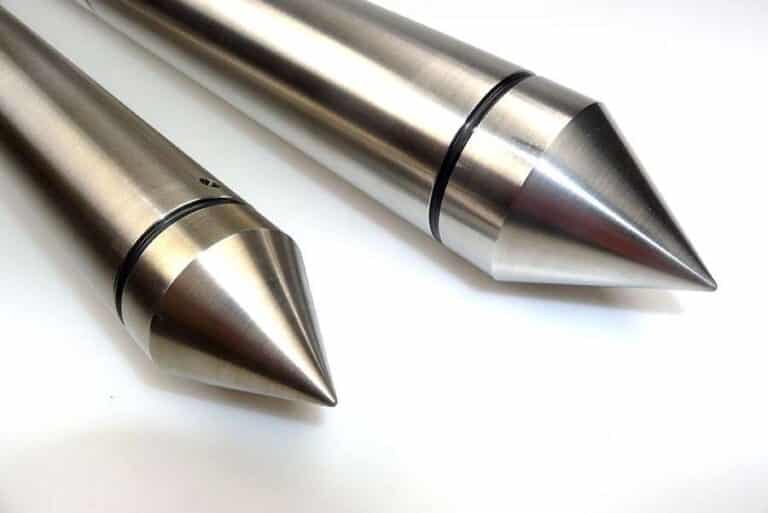 Close-up image of Digital CPT Piezocones for subtraction types P10-CFPTxy and P15-CFPTxy
Close-up image of Digital CPT Piezocones for subtraction types P10-CFPTxy and P15-CFPTxy
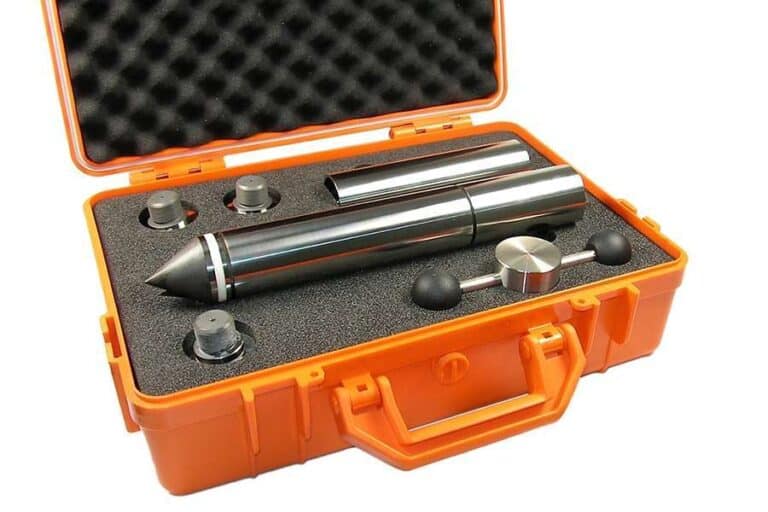 Image of Digital CPT Piezocones for subtraction types P10-CFPTxy and P15-CFPTxy in a carry case
Image of Digital CPT Piezocones for subtraction types P10-CFPTxy and P15-CFPTxy in a carry case
Our Piezocones are digital and measure the four standard parameters: cone tip resistance (qc), sleeve friction (fs), pore water pressure (u) and inclination (Ix/y).
The cone is mechanically 75% stronger than its analog predecessor and at the same time more accurate, more reliable and easier to maintain – and the calibration data is stored in the cone itself which makes the setup process quick and efficient.
Our P10-CFPTxy and P15-CFPTxy Piezocones are suitable for CPT with or without measurement of pore pressure simply by mounting a different conical tip and making changes to the software parameters that are recorded.
We also offer the possibility to replace the conical tip with a ‘Ball tip’ or ‘T-bar tip’.
Ball Tip
Some soils are so soft that the Piezocone encounters insufficient resistance to perform a CPT test. For these kinds of special situations, the 100 mm large ‘Ball Tip’ at the front of the cone experiences considerably more resistance during the CPT test to accurately measure the bearing capacity of extremely soft soils.
T-Bar Tip
Underground cables and pipelines add additional load on the subsoil and it tends to sag where it’s less supported. In order to assess whether this risk of sagging exists on a cable or pipeline route, we offer a CPT test with a ‘T-bar Tip’ which has been developed specifically for this type of situation.
Dissipation>
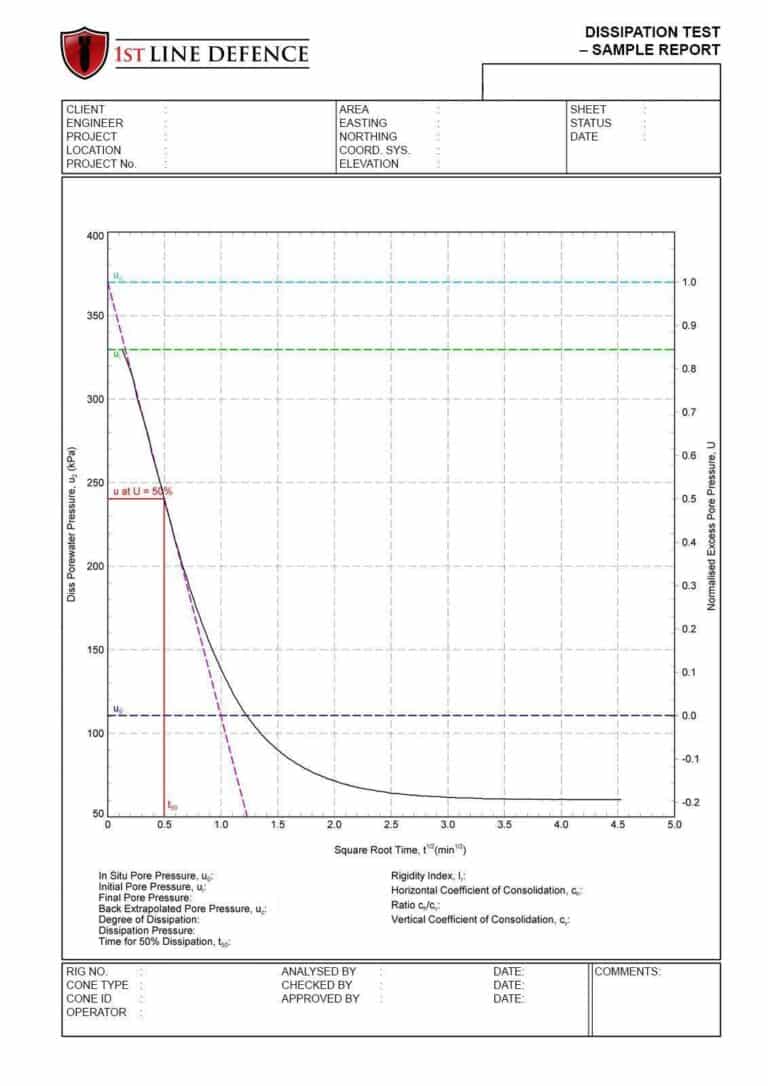 Image of a Dissipation Test Sample Report
Image of a Dissipation Test Sample Report
Dissipation tests measure the decay of pore water pressure in ground layers over a specified amount of time, and are used to calculate parameters such as the coefficient of consolidation in the layers.
For a Dissipation test, the Cone Penetration Test is paused when the cone has generated an excess pore pressure. During this phase, any excess pore pressure generated around the cone will start to dissipate, and the pressure decay readings are recorded via a filter element.
The rate of dissipation depends upon the coefficient of consolidation, which in turn, depends on the compressibility of the ground layers.
We then measure the time it takes for this excess pore pressure to drop back down to the hydrostatic pore pressure, and the rate of this dissipation allows us to calculate the coefficient of consolidation in the ground layers.
Dissipation tests are useful in helping understand how the ground layers will behave with heavy surface loads.
Gamma Cone>
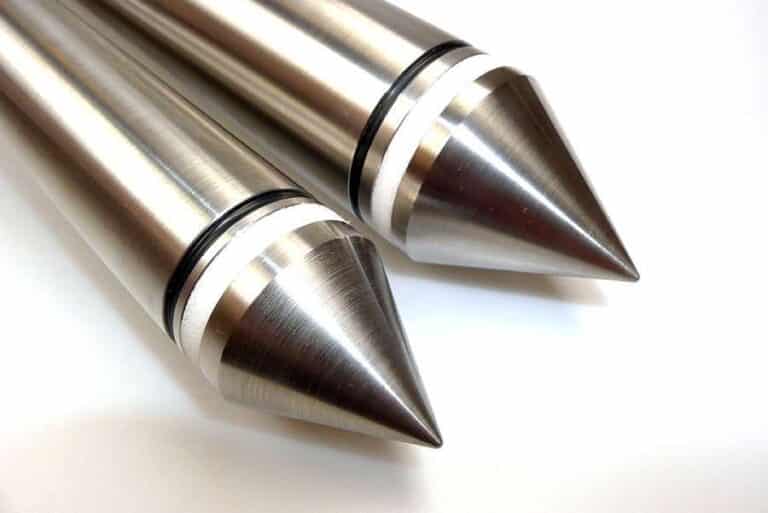 Close-up image of Gamma Cones for Cone Penetration Testing (CPT)
Close-up image of Gamma Cones for Cone Penetration Testing (CPT)
Gamma Cone tests are commonly used for chalk solution investigations as it can be difficult to tell the difference between clay infill material, and highly weathered chalk – due to its similar properties when the cone penetrates the ground.
The Gamma Cone obtains high gamma readings in the clay material due to the presence of elements such as potassium and very low readings in the chalk.
Using a Gamma Cone in conjunction with other parameters such as pore pressure (Piezocone) allows us to accurately determine the chalk interface.
Seismic Cone, In-situ Vane & Full Displacement Pressuremeter>
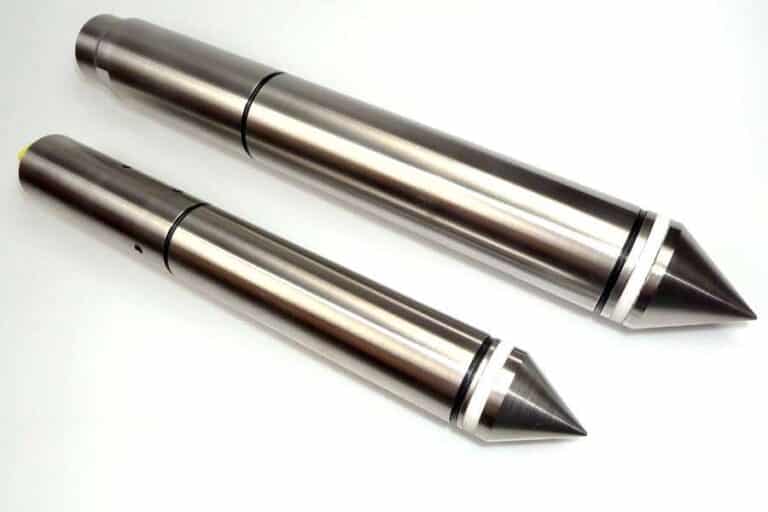 Image of Seismic Cones for Cone Penetration Testing (CPT)
Image of Seismic Cones for Cone Penetration Testing (CPT)
Seismic Cone, In-situ Vane & Full Displacement Pressuremeter testing enables a range of ground engineering properties to be measured and calculated.
The cones can be configured to measure ‘s’ and ‘p’ waves and measure the seismic velocity of the ground from sources that are based on the surface, and the measurements taken can be used for analysis of the small strain stiffness in the ground.
Undrained shear strength such as Soil shear modulus, Effective horizontal stress, Effective overburden pressure, In-situ horizontal stress, Friction angle (Sand), Bearing capacity, Relative density & Soil deformation can all be accurately measured.
Ultraviolet Optical Screening Tool (UVOST®), Membrane Interface Probe (MIP) & Laser and X-ray Fluorescence>
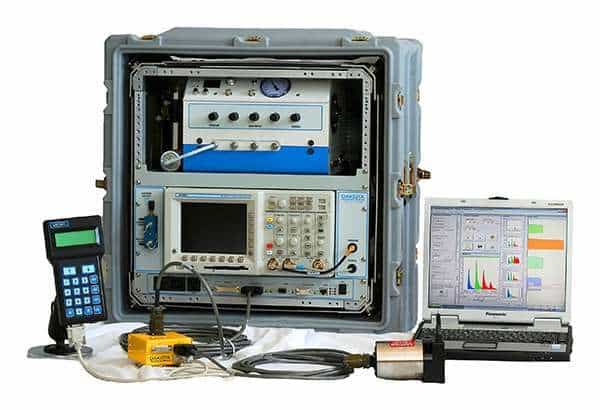 Image of a Ultraviolet Optical Screening Tool (UVOST®) used on ground site investigations
Image of a Ultraviolet Optical Screening Tool (UVOST®) used on ground site investigations
Ultraviolet Optical Screening Tool (UVOST®), Membrane Interface Probe (MIP) & Laser and X-ray Fluorescence testing – used in combination with CPT as an in-situ tool for the screening – enables us to investigate contamination in the soil and groundwater.
These tests provide identification and mapping of Hydrocarbons, Organic compounds, Chlorinated solvents & Heavy metals.
PAH (Polycyclic Aromatic Hydrocarbons) fluoresce if they are excited by light of a specific wavelength, and this excitation leads to light emission in a certain wavelength range – which is called ‘Fluorescence’.
As PAH occur in all types of oil, the UVOST® is able to detect contamination caused by oil derived hydrocarbons – i.e. jet fuel, diesel, petrol, mineral oil, tar, creosote etc.
Electrical Conductivity Cone>
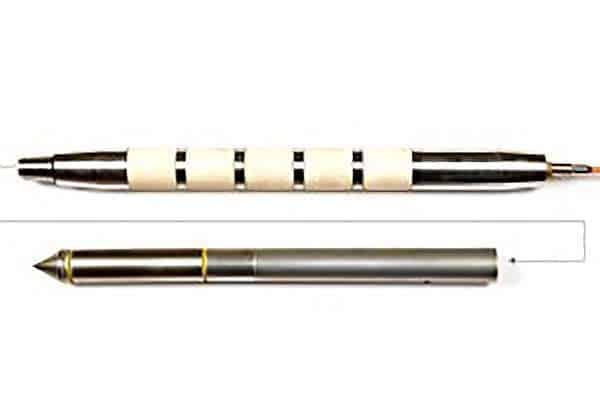 Image of a Electrical Conductivity Cone for Cone Penetration Testing (CPT)
Image of a Electrical Conductivity Cone for Cone Penetration Testing (CPT)
The Electrical Conductivity Cone test measures the conductivity of the soil while performing a standard CPT, and the results can be used for analysing salinity and the detection of pollutants – and provides valuable information on groundwater quality and ground permeability.
We are able to identify Water composition, Temperature, Thermal conductivity, Ion concentration, Type & activity and Freshwater / Saltwater interfaces.
Useful links & Information
Looking for Cone Penetration Testing Services?
Contact our experienced team for more information and we will guide you through the process.
